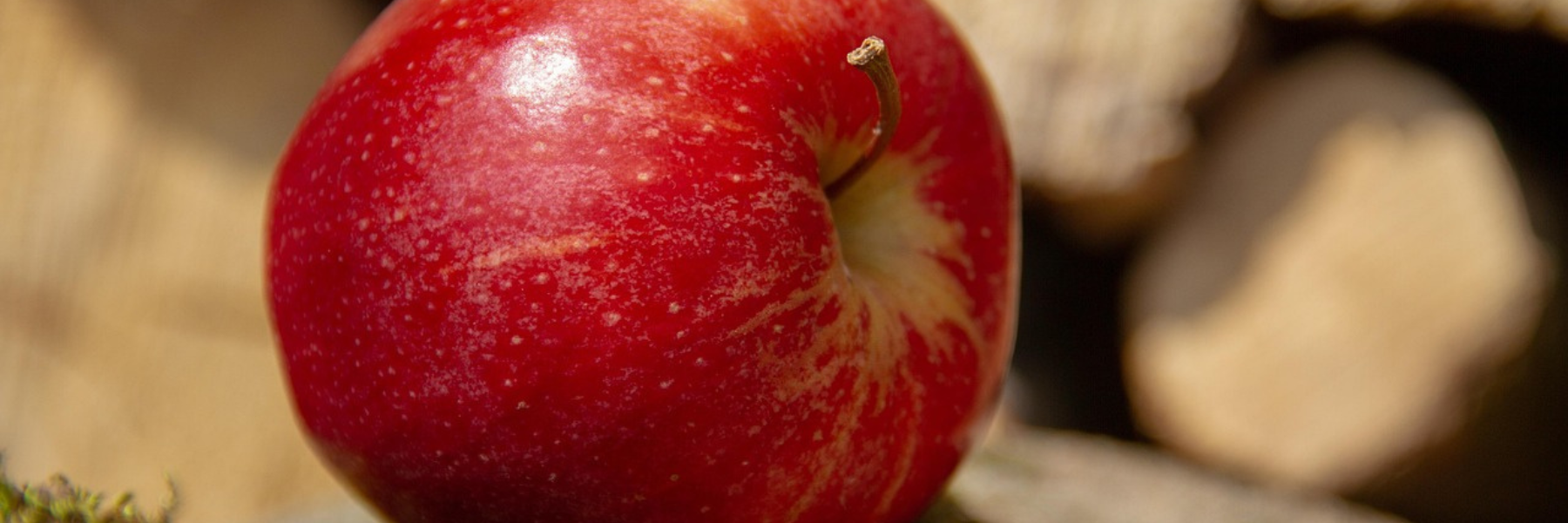
Wozniak’s Wake-Up Call
Why the mind of a maker meditates — and why it’s time we all think different
The big picture: Apple co-founder Steve Wozniak never set out to be a tech billionaire. His journey wasn’t built on money, titles, or status—it was built on belief. In himself. In peace. In purpose. And, above all, in the power of a clear mind.
How meditation helped me to create:
“I will lie in bed and get into the most peaceful state I can… I would then think about a problem, and I would wake up in the middle of the night with a solution for it… Sometimes the solutions came to me in a dream.”
This wasn’t just a creative tool. It was an ethos. A practice of inner quiet that led to outer impact.
He rejected the default path:
“To be a leader, you have to not lock yourself into having stock answers and justifying them… It’s better to believe in yourself and your brain instead of knowing it already.”
Why it matters: Woz didn’t just question authority—he questioned assumptions. From designing Apple’s first circuit boards by hand to organizing a massive music and tech festival (at a $4M personal loss), his path was powered by purpose, not profit.
“If you really believe in something, it’s best if you’re not getting paid to do it.”
The US Festival: A vision beyond tech
After surviving a plane crash, Woz decided to do something radical:
- Blend art, music, peace, and technology into one epic experience
- A rejection of the “Me Generation” — a rally cry for US
“It was time for a festival of music that meant something.”
“It’s no longer about ME or YOU. It’s about US.”
Lessons from the mind of a maker:
“Every dollar I saved would then save money for the world.”
“It’s not whether the answer is right or wrong—it’s about using your brain.”
“I felt like an artist… we were creating things that never existed before.”
On peace, power, and perspective:
“Did you know there are 4 tons of termites for every human being on earth? Gives you a little perspective, right?”
Wozniak mourns a country addicted to violence, longing for an era when peace was the protest.
“You don’t stop violence with violence. It’s about compassion… care for peace. Care for people. Be willing to forgive.”
His guide to happiness:
“The measure of life is happiness. It’s not about how much you have—it’s about how many smiles you have or have provided others.”
Woz lives by a personal code of peace, humor, and letting go. He values joy over judgment and simplicity over stress.
What to take away:
Steve Wozniak didn’t just co-create Apple—he created a blueprint for meaningful innovation. One that doesn’t start with money, ego, or scale.
- It starts with stillness.
- With listening to your mind.
- With doing it for the right reasons.
Bottom line:
In an age of noise, Wozniak reminds us that the most radical act is stillness. The most powerful path is compassion. And the future isn’t built by chasing stock prices—it’s built by believing in something deeper.
Think different. Start within.